The Sports And Leisure Equipment Market is currently characterized by a dynamic competitive landscape, driven by innovation, sustainability, and digital transformation. Major players such as Nike (US), Adidas (DE), and Under Armour (US) are at the forefront, each adopting distinct strategies to enhance their market positioning. Nike (US) continues to emphasize its commitment to sustainability, integrating eco-friendly materials into its product lines, while Adidas (DE) focuses on expanding its digital footprint through enhanced e-commerce capabilities and personalized customer experiences. Under Armour (US), on the other hand, is concentrating on performance-driven innovations, particularly in smart apparel, which reflects a broader trend towards technology integration in sports gear. Collectively, these strategies not only shape their individual market presence but also contribute to a competitive environment that increasingly prioritizes innovation and consumer engagement.
In terms of business tactics, companies are increasingly localizing manufacturing to mitigate supply chain disruptions and enhance responsiveness to regional market demands. The competitive structure of the Sports And Leisure Equipment Market appears moderately fragmented, with a mix of established brands and emerging players vying for market share. This fragmentation allows for diverse consumer choices but also intensifies competition among key players, who are compelled to differentiate themselves through unique value propositions.
In August 2025, Nike (US) announced a partnership with a leading tech firm to develop a new line of smart footwear that tracks athletic performance metrics in real-time. This strategic move is significant as it aligns with the growing consumer demand for technology-enhanced products, potentially positioning Nike as a leader in the smart sports equipment segment. The integration of technology into footwear not only enhances user experience but also opens new avenues for data-driven marketing strategies.
Similarly, in September 2025, Adidas (DE) launched a new initiative aimed at reducing plastic waste by introducing a line of products made entirely from recycled ocean plastics. This initiative underscores Adidas's commitment to sustainability and resonates with environmentally conscious consumers. By leveraging recycled materials, Adidas not only addresses pressing environmental concerns but also strengthens its brand image as a leader in sustainable practices within the sports equipment sector.
In October 2025, Under Armour (US) unveiled a new digital platform that offers personalized training programs and nutrition plans tailored to individual athletes. This platform represents a strategic pivot towards a more holistic approach to athletic performance, integrating fitness technology with personalized coaching. By enhancing customer engagement through tailored experiences, Under Armour aims to foster brand loyalty and differentiate itself in a crowded marketplace.
As of October 2025, the competitive trends within the Sports And Leisure Equipment Market are increasingly defined by digitalization, sustainability, and the integration of artificial intelligence. Strategic alliances are becoming more prevalent, as companies recognize the value of collaboration in enhancing innovation and market reach. Looking ahead, competitive differentiation is likely to evolve from traditional price-based competition towards a focus on innovation, technological advancements, and supply chain reliability. This shift suggests that companies that prioritize these elements will be better positioned to thrive in an ever-evolving market landscape.


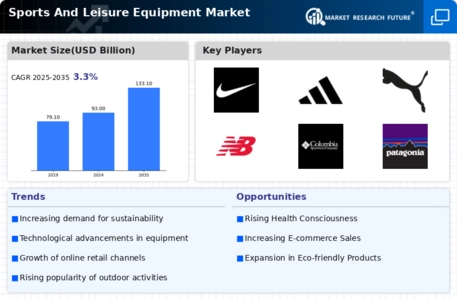
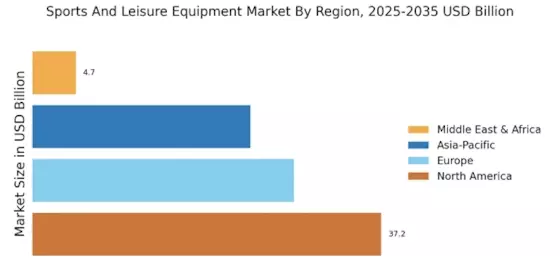
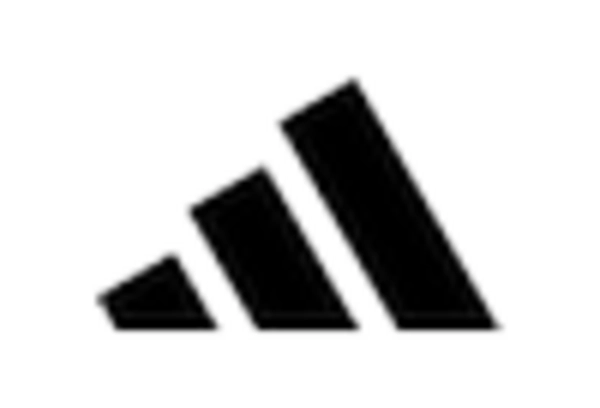
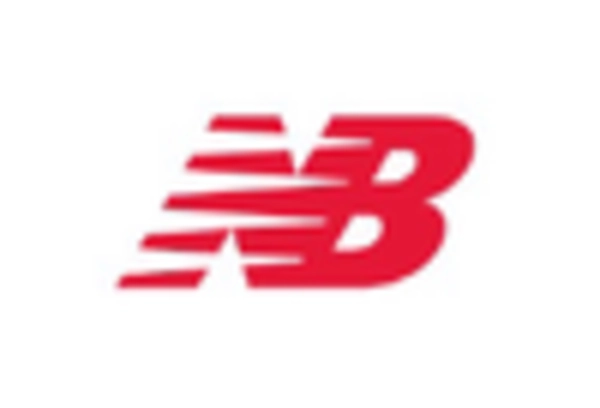

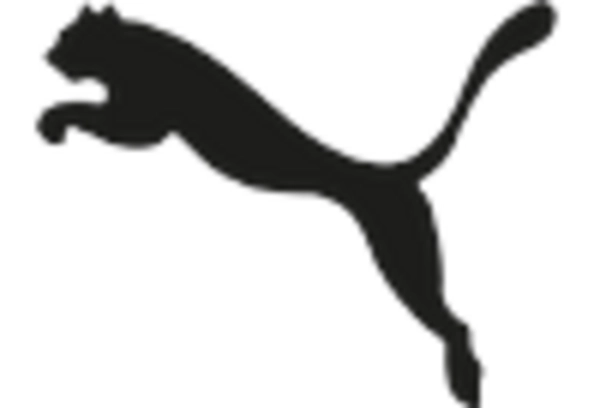

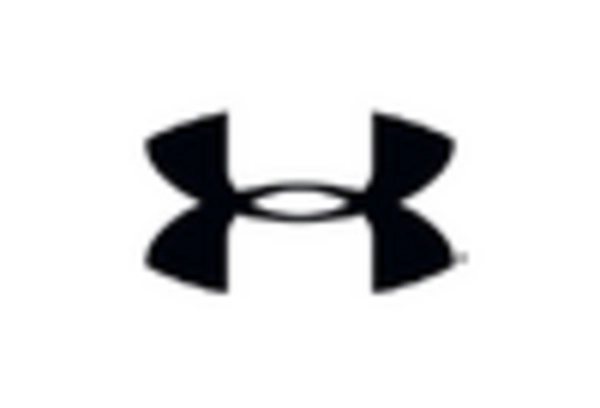








Leave a Comment